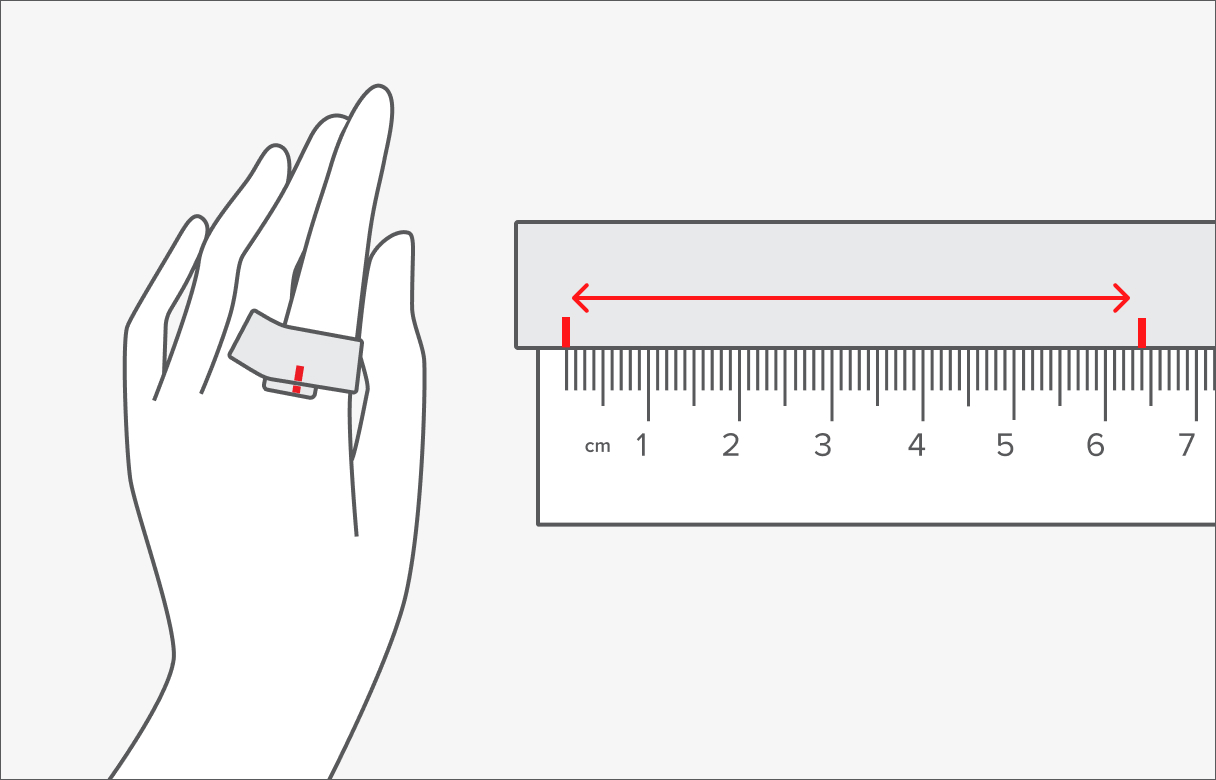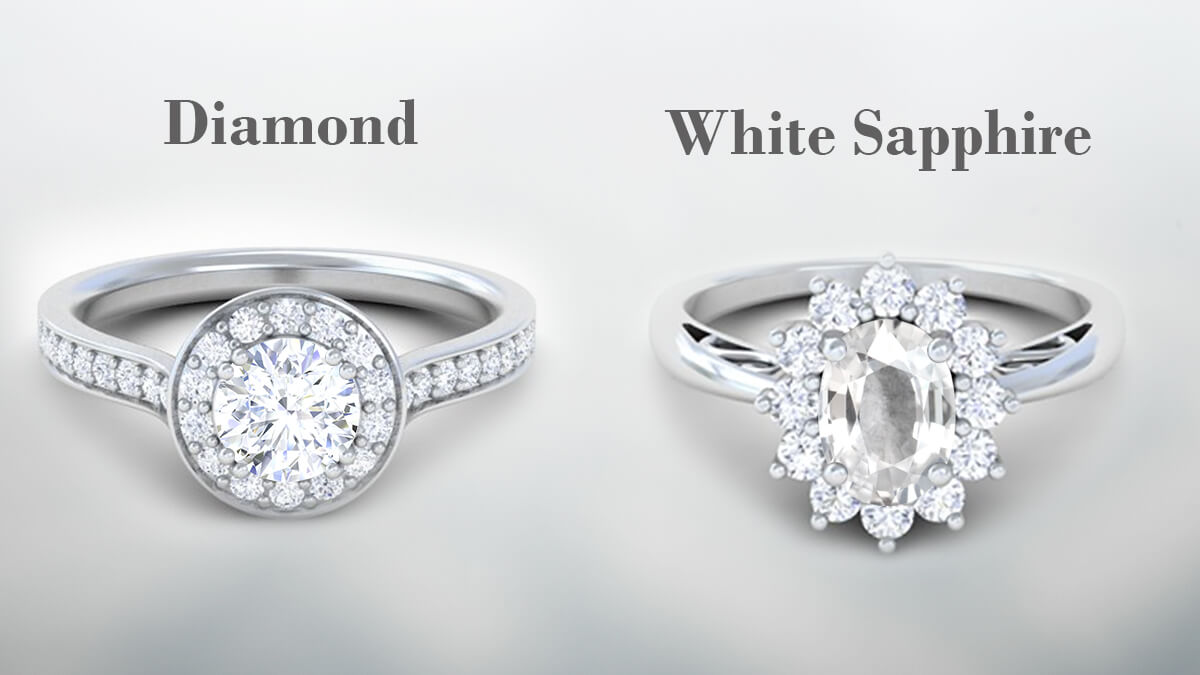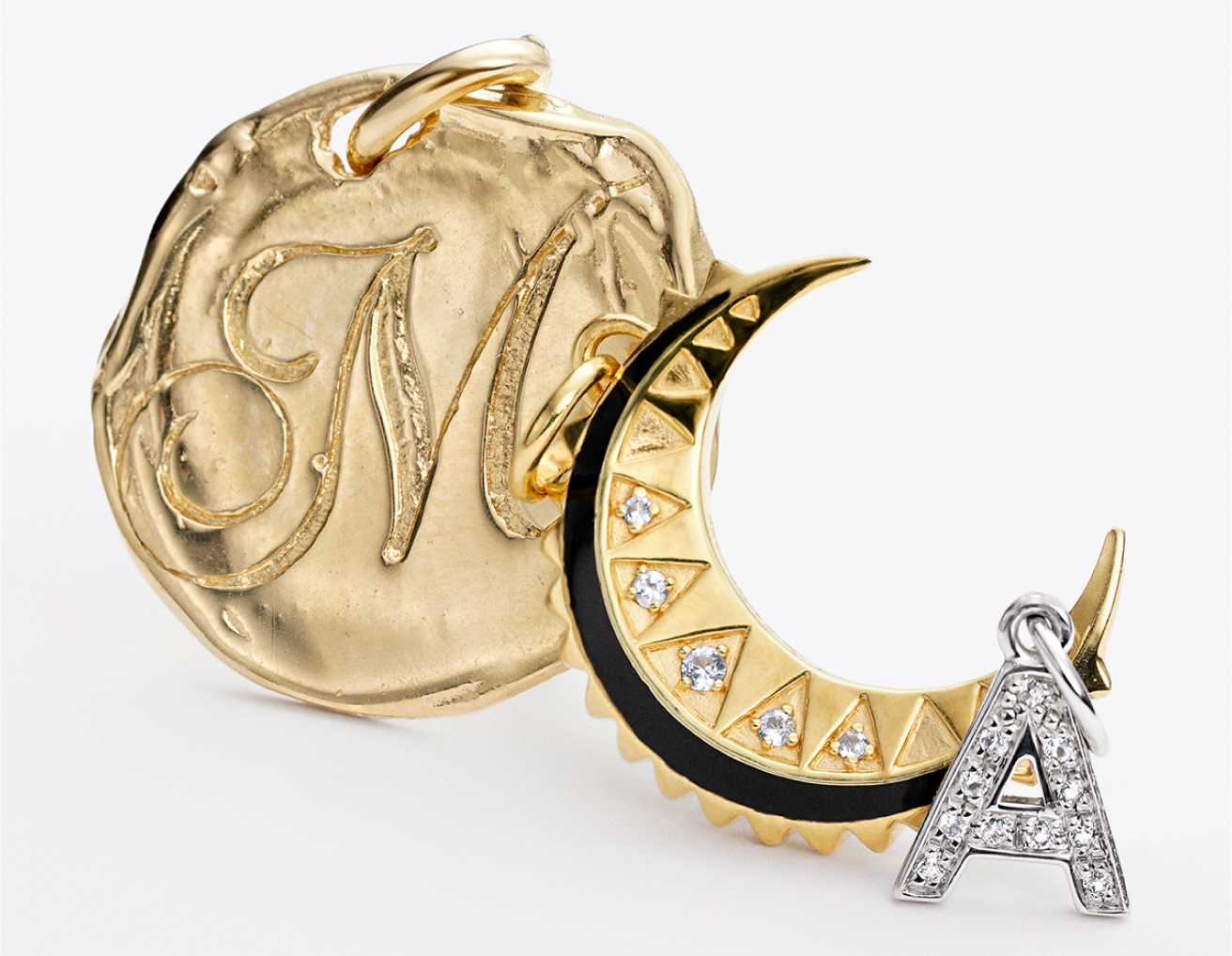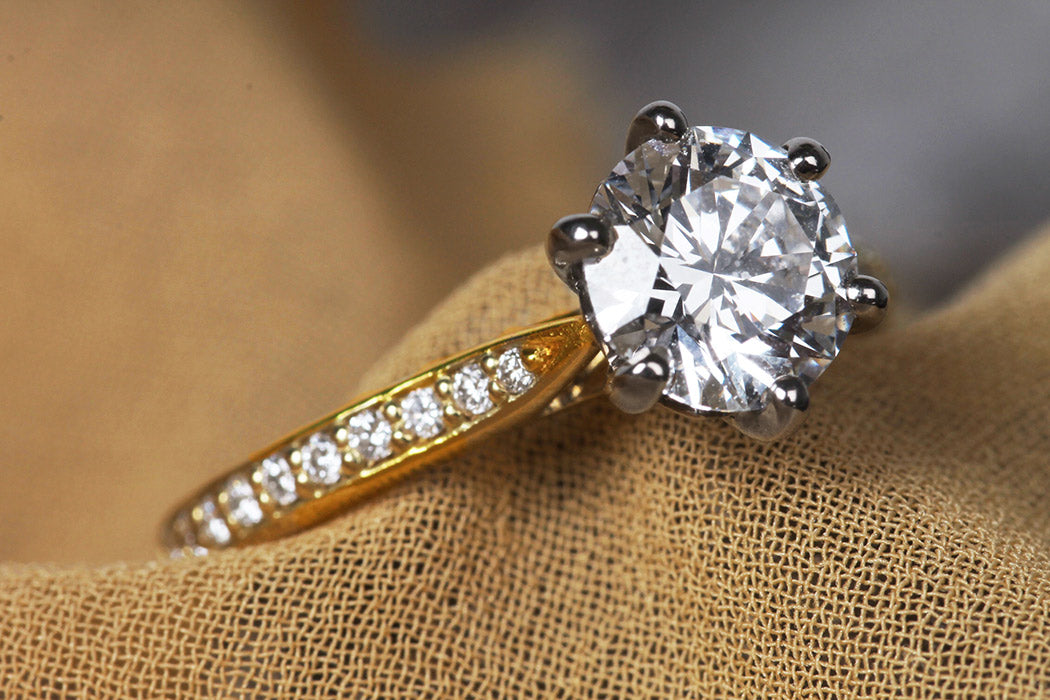When it comes to purchasing a ring, whether for an engagement, wedding, or just a fashionable statement, one of the most crucial aspects is ensuring it fits perfectly. But how exactly do you determine the right ring size? What factors should you consider? In this comprehensive guide, we’ll delve into everything you need to know about ring sizes, from measuring methods to international sizing standards, ensuring your next ring purchase is seamless and stress-free.
Why Ring Size Matters
Imagine the excitement of proposing to your significant other, only to find the ring doesn’t fit. It’s a situation many people dread but can easily avoid with proper preparation. A ring that is too tight can be uncomfortable, while one that’s too loose can be lost easily. The right size ensures the ring sits snugly on the finger, balancing comfort and security.
How to Measure Ring Size Accurately
There are several methods to measure your ring size accurately, ensuring the best fit for your finger:
- Using a Ring Sizer: One of the most reliable methods is using a ring sizer, a tool specifically designed for measuring finger circumference. You can find these at most jewelers or purchase one online.
- Printable Ring Sizer: Many online resources offer printable ring sizers. Ensure you print it at 100% scale for accuracy. Cut out the sizer, wrap it around your finger, and note the measurement.
- Measuring an Existing Ring: If you have a ring that fits well, you can use a ruler to measure its inside diameter. Compare this measurement to a ring size chart to determine the size.
- String or Paper Method: Wrap a piece of string or a strip of paper around your finger, mark where it overlaps, and measure the length with a ruler. Use this measurement to find your size on a ring size chart.
Factors Influencing Ring Size
Several factors can influence your ring size, and being aware of them can help you make more accurate measurements:
- Time of Day: Fingers can swell throughout the day. It’s best to measure your ring size in the evening when your fingers are at their largest.
- Temperature: Cold weather can cause your fingers to shrink, while heat can make them swell. Measure your ring size at room temperature for the most accurate result.
- Finger Dominance: Your dominant hand’s fingers tend to be slightly larger. If you’re right-handed, your right-hand ring finger may be bigger than your left-hand ring finger.
- Knuckle Size: If you have larger knuckles, ensure the ring can slide over them comfortably. You might need a slightly larger size to accommodate this.
International Ring Size Standards
Ring sizes are not universal lab diamonds, and different countries use various sizing systems. Here’s a quick overview of the main systems:
- United States and Canada: Sizes are numerical, typically ranging from 3 to 13.5 for adults.
- United Kingdom and Australia: Sizes use an alphabetical system, from A to Z.
- Europe: Sizes are based on the circumference of the ring in millimeters.
- Japan: Sizes are numerical and often differ from US sizes by a few numbers.
Understanding these differences is essential, especially when purchasing rings from international retailers. Many online stores provide size conversion charts to help you find the equivalent size in different systems.
Common Ring Size Adjustments
Even with the best measurements, sometimes a ring may need resizing. Here are common adjustments and considerations:
- Resizing a Ring: Jewelers can resize most rings, but the process can depend on the ring’s material and design. Simple bands are usually easier to resize than rings with intricate settings.
- Half Sizes: Some people fall between standard sizes. Half sizes offer a more precise fit.
- Ring Guards: If you cannot resize a ring, a ring guard can help adjust the fit temporarily. This small device fits inside the ring, reducing its size.
Conclusion
Finding the perfect ring size is a blend of accurate measurement, understanding influencing factors, and knowing international size standards. Whether you’re buying a ring for a special occasion or simply treating yourself, taking the time to determine the correct size ensures comfort and security, making the experience as joyous as possible.
So, next time you’re eyeing that beautiful piece of jewelry, remember these tips to find the perfect fit. After all, a well-fitted ring is a small but significant detail that makes all the difference. What will be your next step in ensuring the perfect ring size for your next purchase?





